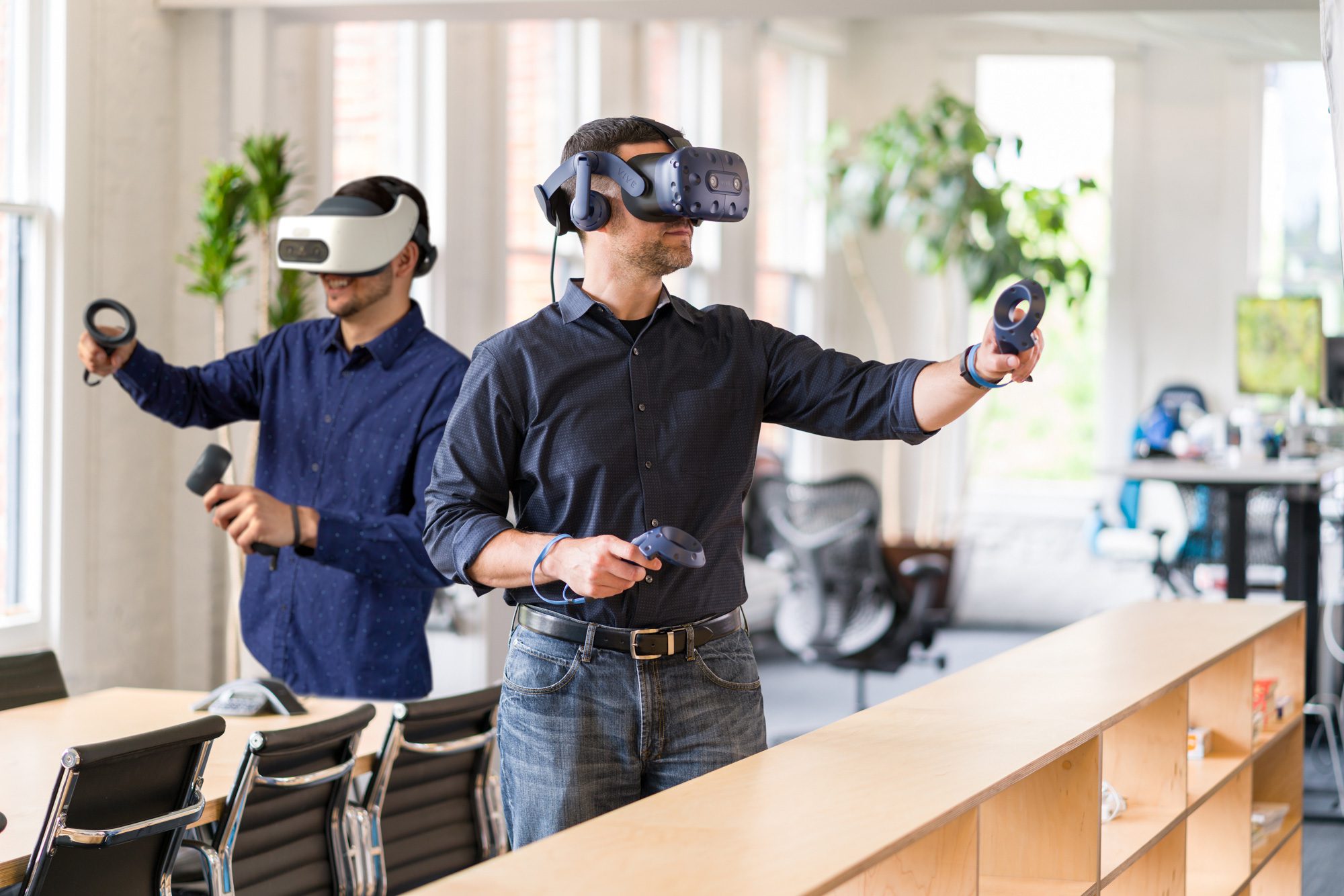Schlagwort: AIO
-

Which VR Headset is Best for Your Business?
Reading Time: 4 minutesYou may be familiar with what VR can do in terms of gaming and immersive entertainment experiences. But, in addition to traveling to new worlds, battling zombies, and learning about other cultures, virtual reality has been an invaluable resource for the business community for many years. From engineering to research, to workplace…

